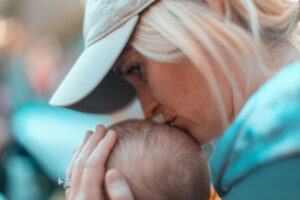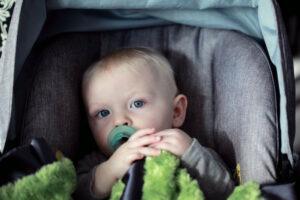The announcement came! The baby was born. Oh what a beautiful baby! Healthy! Wowee! Family and friends started to visit. ” Oh my gosh, I can’t believe this!” “Oh what an angel!” Emotions are through the roof. Such a joyful experience!
Three days after, we are going home! Mom and baby! Hold on, did we pack everything we needed before coming to the hospital? Oh yeah, everything was prepacked a week before I was to deliver. I got my baby’s first beautiful fluffy, warm blanket, my baby’s picture outfit, and yes, my baby’s going home outfit. I can’t wait to get my baby home!

Discharge from the hospital
Welcoming a new baby into your life can be overwhelming! I got this. Seriously, do I really get this? This tiny being is about to change my familiar routines. My baby’s health and safety are now my biggest responsibilities.
Today is the day. My baby and I are going home. Excitedly got myself ready, as my baby is still in the Nursery, getting all the discharge routine done before me and my baby goes home. Routine newborn screenings are done after the baby is delivered to test for medical conditions that may not be detected during the thorough head to toe physical examination.
Metabolic Screening – This test for genetic and metabolic disorders that may lead to developmental issues, however, newborn screening does not test for or detect developmental issues. If identified early, many of these rare conditions can be treated before they cause serious health problems. Each state requires screening, but the specific test done may vary. Some disorders are common in some states, making these screenings even more important.
How this Test is done – A few drops of blood are taken from your baby’s heel. This is usually done after 24 hours old and no later than 2-3 days after birth. The sample is then sent to the lab for testing. Make sure the hospital and your baby’s healthcare provider have your contact information so you can be notified of the results.
Hearing Screening – It is now the standard practice to conduct hearing screening for newborns. If hearing loss is not caught at an early stage, the hearing center in the baby’s brain will not get enough stimulation, affecting speech delay and other development of your baby.
How this Test is done – This is a painless test and is done in the hospital with the use of a tiny earphone, microphone, or both. There are 2 types of hearing screening : Otoacoustic (OAE) and auditory brain stem response (ABR). The test would take about 10 minutes and is all done while your baby is sleeping.
Pulse Oximetry Screening for Heart Disease –It is a simple, painless, non-invasive test that measures how much oxygen is circulating in your baby’s blood. This is done when your baby is more than 24 hours old to screen for some congenital heart diseases.
How the Test is done – Sensors are placed on the baby’s hand and foot. These sensors measure the baby’s oxygen level and pulse rate, while the baby is still and quiet.
Jaundice – is common in all newborn babies. It is the yellow color of the baby’s skin and eyes, caused by a build up of a substance called bilirubin, A painless testing involves placing a light meter on the baby’s skin, if the level is high, a blood test will be done.
Treatment – If the baby’s level is high, treatment is required by the use of Phototherapy, which involves placing your baby under a special light, wearing only a diaper ad eye protection. Another treatment involves placing a fiber optic blanket around your baby. There are cases that the use of the special light and blanket are used together.
Call your healthcare provider immediately if your baby :
* Is very yellow * Is hard to wake up * Is very fussy or has a high-pitched cry
* Is not feeding 8 or more times in 24 hours * Does not make enough wet diapers (at leas 4-5 wet diapers on a day
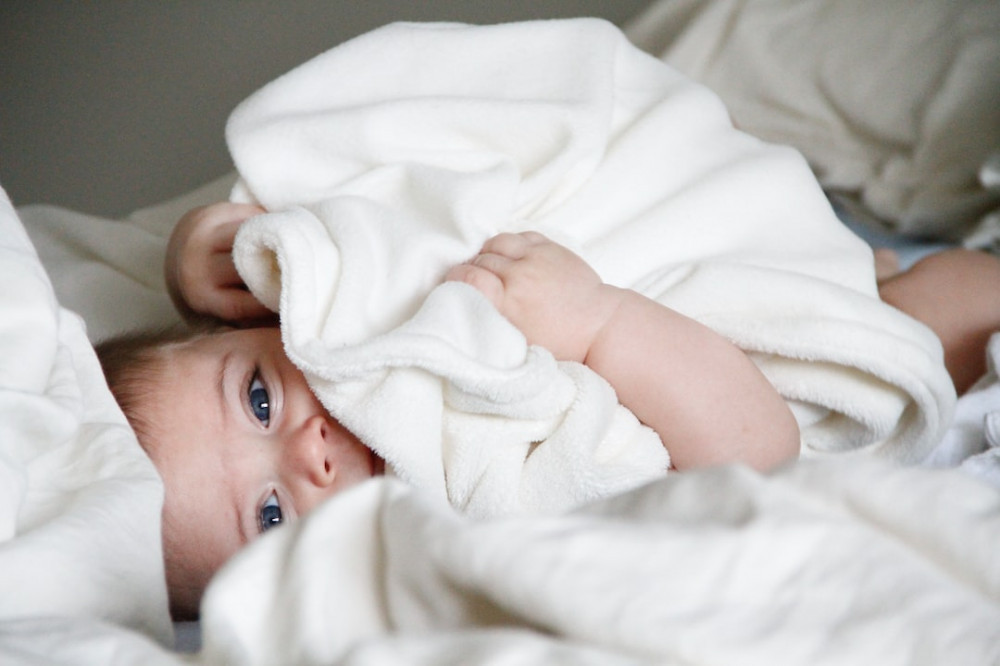
GOING HOME
Planning to go home is different for everyone. If you are a first-time parent, going home with your baby may feel a little scary. Do you have the support that you need? As you get ready to leave the hospital, your health care team will talk to you about the support system
If you are an experienced parent, you may have excited brothers and sisters at hoe ready to meet the new baby.
Before discharge ~
* You will be given information and instructions for follow-up medical appointments
* Your health care team will review with you the discharge instructions, and verify questions/concerns
* you will be asked to bring an approved car seat
Home Sweet Home
Mom and baby is finally home. “Ahh! Feels so good to be home!” The smell of freshness. My baby in my arms, sleeping comfortably. Watching with joy and disbelief. I was a great part of this creation.
Placed baby in the beautiful crib. Looked around admiringly for a beautiful nursery set up. Approach the corner to turn on the little baby monitor. Walk across the room to play a soothing “Beethoven music”. Then sat on the nursery recliner and just took in what happen the last three days. Looked at the baby in amazement.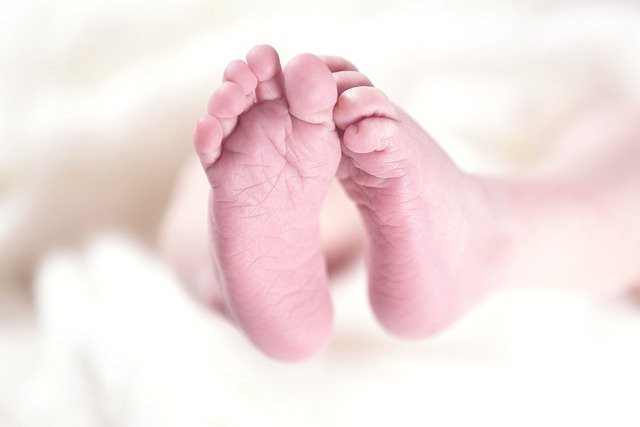
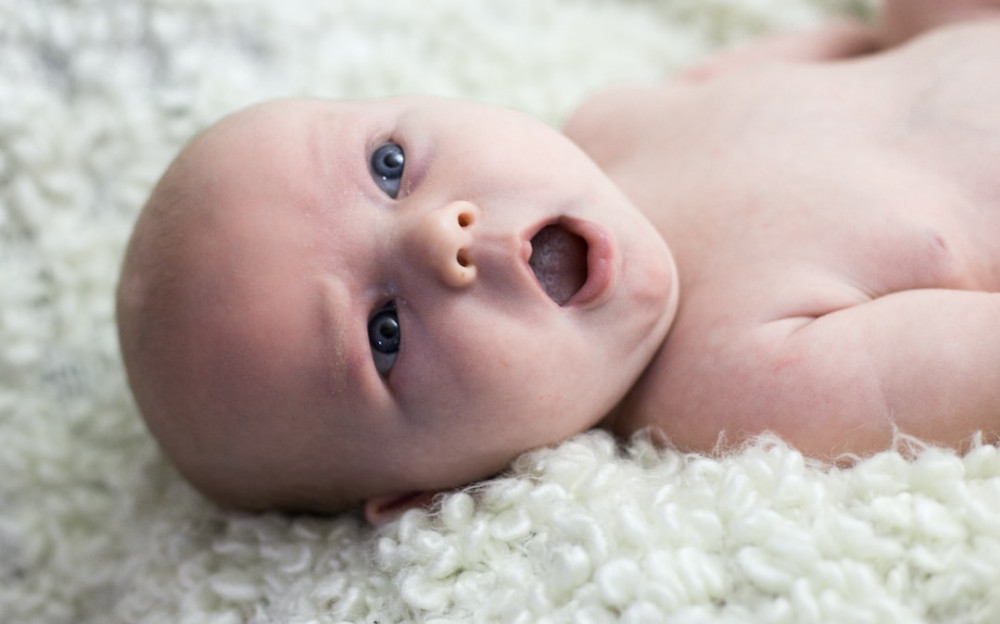
Baby’s First Week At Home
Babies sleep for many hours and usually are awake for feeding. Watch for feeding cues and offer the chance to breastfeed at least 8 times a day. Some babies will want to feed more often than others. Its not uncommon for babies to feed 10 to 14 times per day. Feed on cue and not on clock schedule, Breastfeeding babies get hungry more often, as breast milk is easily assimilated by the baby’s digestive system.
Your milk supply will increase and your baby will be eating more at each feeding.
All these feedings may work your body overtime, hence you should remember to ~
* Make sure you’re eating and drinking
* Sleep when the baby sleeps
* Ask for help when you need it
* Get the support you may need. Talk to other moms
Baby’s Behavior ~
Generally, babies are quiet and relaxed by nature. They remain still and cuddly for a long time. Some babies are more active.
They are excited, look around, or even cry a lot.
When you’re baby is crying, ask yourself these questions :
* When was the last time I fed my baby?
* Does the diaper need to be changed?
* Is my baby warm or cold?
* Does my baby want to be held?
Gently settle your baby and feed them, if needed. Change diaper, as some babies may fuss about soiled diaper. Remove a layer of clothing or add a layer of clothing. Responding to the baby’s cries consistently, makes them feel safe and secure.
Bathing Your Baby –
Gather all the supplies needed for your baby’s bath : baby’s soap, wash cloth, diaper, clothes and towel and baby tub
Make sure there is no draft in the area where you are giving your baby bath. Water temperature should be about 100 degrees Fahrenheit, or test it by the inside part of your wrist.
As you place the baby in the tub, always support the baby’s neck and head with one hand, while the other hand does the washing, starting from the face, the head, neck, the folds and creases, body and the diaper area.
Baby’s safe sleep
Always place your baby on their back or every sleep – nighttime and nap time
Keep your baby’s head and face uncovered during sleep.
Keep soft objects, blankets, toys, pillows, bumper pads and other items out of the crib.
Use a firm mattress in a safety-approved crib, play yard and other sleep surface
Dress your baby in sleep clothing like a one-piece sleeper or wearable blanket.
Keep your baby swaddled. Swaddling refers to wrapping your baby snugly in a blanket to keep them safe and warm.
Welcome Support ~
Once you are home, don’t stress about housework – let others help you out. Remember, you just delivered a baby and you need to heal. Sleep when the baby sleeps.
Accept help with cooking meals for you and your family.
Accept help with errands, shopping, picking up mail, etc.
Accept help with the cleaning and the laundry.
Make a schedule for all the help that you need to you and the baby.
Follow-up care
It is important to have the early follow-up appointment 48hours after your baby was discharged from the hospital. At this visit, your baby’s weight will be checked, the bilirubin level, the patterns of feeding and elimination. You will be referred to a Lactation consultant if you need help with breastfeeding.
Contact your healthcare provider if your baby has any of these signs or symptoms:
* Temperature below 97.5 ‘ F or above 100.4 ” F
* Yellowing of the skin or eyes
* Eating poorly or refusing to eat
* Repeated vomiting
* No wet diaper for 12 hours
* No stool for 48 hours
* Low energy or hard to wake up
* An unusual or high-pitched cry
* An uncommon or severe rash
* Patches of white found in your baby’s mouth
* Redness, drainage or foul odor from the umbilical cord
* Frequent bowel movements. With excess fluid, mucus or unusually foul odor
- Signs of dehydration
- ~ Dry or cracked lips
- ~. Dry skin
- ~. Dry or rough tongue
- ~. Increased sleepiness or irritability
- CALL 911 if your baby :
- * Has blue lip color
- * Has difficulty breathing or turning blue
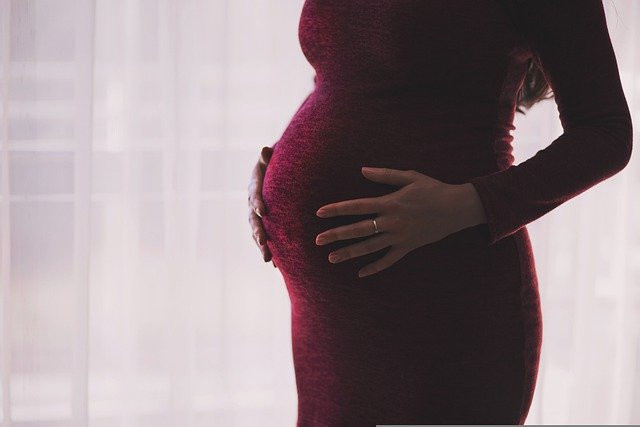
Get care for these POST-BIRTH WARNING SIGNS
- CALL 911 if you have : * Pain in your chest
- * Obstructed breathing or
- shortness of breath
- * Seizures
- * Thoughts of hurting yourself
- or someone else
- CALL Your Healthcare Provider if you have :
* Bleeding, soaking through one pad/hour, or blood clots, the size of an egg or bigger
* Incision that is not healing
* Red or swollen leg, that is painful or warm to touch
* Temperature of 100.4 ” F or higher
* Headache that does not get better, even after taking medicine, or bad headache with vision changes


Baby’s First Week At Home
Babies sleep for many hours and usually are awake for feeding. Watch for feeding cues and offer the chance to breastfeed at least 8 times a day. Some babies will want to feed more often than others. Its not uncommon for babies to feed 10 to 14 times per day. Feed on cue and not on clock schedule, Breastfeeding babies get hungry more often, as breast milk is easily assimilated by the baby’s digestive system.
Your milk supply will increase and your baby will be eating more at each feeding.
All these feedings may work your body overtime, hence you should remember to ~
* Make sure you’re eating and drinking
* Sleep when the baby sleeps
* Ask for help when you need it
* Get the support you may need. Talk to other moms
Baby’s Behavior ~
Generally, babies are quiet and relaxed by nature. They remain still and cuddly for a long time. Some babies are more active.
They are excited, look around, or even cry a lot.
When you’re baby is crying, ask yourself these questions :
* When was the last time I fed my baby?
* Does the diaper need to be changed?
* Is my baby warm or cold?
* Does my baby want to be held?
Gently settle your baby and feed them, if needed. Change diaper, as some babies may fuss about soiled diaper. Remove a layer of clothing or add a layer of clothing. Responding to the baby’s cries consistently, makes them feel safe and secure.
Bathing Your Baby –
Gather all the supplies needed for your baby’s bath : baby’s soap, wash cloth, diaper, clothes and towel and baby tub
Make sure there is no draft in the area where you are giving your baby bath. Water temperature should be about 100 degrees Fahrenheit, or test it by the inside part of your wrist.
As you place the baby in the tub, always support the baby’s neck and head with one hand, while the other hand does the washing, starting from the face, the head, neck, the folds and creases, body and the diaper area.
Baby’s safe sleep
Always place your baby on their back or every sleep – nighttime and nap time
Keep your baby’s head and face uncovered during sleep.
Keep soft objects, blankets, toys, pillows, bumper pads and other items out of the crib.
Use a firm mattress in a safety-approved crib, play yard and other sleep surface
Dress your baby in sleep clothing like a one-piece sleeper or wearable blanket.
Keep your baby swaddled. Swaddling refers to wrapping your baby snugly in a blanket to keep them safe and warm.
Welcome Support ~
Once you are home, don’t stress about housework – let others help you out. Remember, you just delivered a baby and you need to heal. Sleep when the baby sleeps.
Accept help with cooking meals for you and your family.
Accept help with errands, shopping, picking up mail, etc.
Accept help with the cleaning and the laundry.
Make a schedule for all the help that you need to you and the baby.
Follow-up care
It is important to have the early follow-up appointment 48hours after your baby was discharged from the hospital. At this visit, your baby’s weight will be checked, the bilirubin level, the patterns of feeding and elimination. You will be referred to a Lactation consultant if you need help with breastfeeding.
Contact your healthcare provider if your baby has any of these signs or symptoms:
* Temperature below 97.5 ‘ F or above 100.4 ” F
* Yellowing of the skin or eyes
* Eating poorly or refusing to eat
* Repeated vomiting
* No wet diaper for 12 hours
* No stool for 48 hours
* Low energy or hard to wake up
* An unusual or high-pitched cry
* An uncommon or severe rash
* Patches of white found in your baby’s mouth
* Redness, drainage or foul odor from the umbilical cord
* Frequent bowel movements. With excess fluid, mucus or unusually foul odor
- Signs of dehydration
- ~ Dry or cracked lips
- ~. Dry skin
- ~. Dry or rough tongue
- ~. Increased sleepiness or irritability
CALL 911 if your baby : * Has blue lip color
* Has difficulty breathing or turning blue

Get care for these POST-BIRTH WARNING SIGNS
CALL 911 if you have : * Pain in your chest
* Obstructed breathing or
shortness of breath
* Seizures
* Thoughts of hurting yourself
or someone else
CALL Your Healthcare Provider if you have :
* Bleeding, soaking through one pad/hour, or blood clots, the size of an egg or bigger
* Incision that is not healing
* Red or swollen leg, that is painful or warm to touch
* Temperature of 100.4 ” F or higher
* Headache that does not get better, even after taking medicine, or bad headache with vision changes


Baby’s First Week At Home
Babies sleep for many hours and usually are awake for feeding. Watch for feeding cues and offer the chance to breastfeed at least 8 times a day. Some babies will want to feed more often than others. Its not uncommon for babies to feed 10 to 14 times per day. Feed on cue and not on clock schedule, Breastfeeding babies get hungry more often, as breast milk is easily assimilated by the baby’s digestive system.
Your milk supply will increase and your baby will be eating more at each feeding.
All these feedings may work your body overtime, hence you should remember to ~
* Make sure you’re eating and drinking
* Sleep when the baby sleeps
* Ask for help when you need it
* Get the support you may need. Talk to other moms
Baby’s Behavior ~
Generally, babies are quiet and relaxed by nature. They remain still and cuddly for a long time. Some babies are more active.
They are excited, look around, or even cry a lot.
When you’re baby is crying, ask yourself these questions :
* When was the last time I fed my baby?
* Does the diaper need to be changed?
* Is my baby warm or cold?
* Does my baby want to be held?
Gently settle your baby and feed them, if needed. Change diaper, as some babies may fuss about soiled diaper. Remove a layer of clothing or add a layer of clothing. Responding to the baby’s cries consistently, makes them feel safe and secure.
Bathing Your Baby –
Gather all the supplies needed for your baby’s bath : baby’s soap, wash cloth, diaper, clothes and towel and baby tub
Make sure there is no draft in the area where you are giving your baby bath. Water temperature should be about 100 degrees Fahrenheit, or test it by the inside part of your wrist.
As you place the baby in the tub, always support the baby’s neck and head with one hand, while the other hand does the washing, starting from the face, the head, neck, the folds and creases, body and the diaper area.
Baby’s safe sleep
Always place your baby on their back or every sleep – nighttime and nap time
Keep your baby’s head and face uncovered during sleep.
Keep soft objects, blankets, toys, pillows, bumper pads and other items out of the crib.
Use a firm mattress in a safety-approved crib, play yard and other sleep surface
Dress your baby in sleep clothing like a one-piece sleeper or wearable blanket.
Keep your baby swaddled. Swaddling refers to wrapping your baby snugly in a blanket to keep them safe and warm.
Welcome Support ~
Once you are home, don’t stress about housework – let others help you out. Remember, you just delivered a baby and you need to heal. Sleep when the baby sleeps.
Accept help with cooking meals for you and your family.
Accept help with errands, shopping, picking up mail, etc.
Accept help with the cleaning and the laundry.
Make a schedule for all the help that you need to you and the baby.
Follow-up care
It is important to have the early follow-up appointment 48hours after your baby was discharged from the hospital. At this visit, your baby’s weight will be checked, the bilirubin level, the patterns of feeding and elimination. You will be referred to a Lactation consultant if you need help with breastfeeding.
Contact your healthcare provider if your baby has any of these signs or symptoms:
* Temperature below 97.5 ‘ F or above 100.4 ” F
* Yellowing of the skin or eyes
* Eating poorly or refusing to eat
* Repeated vomiting
* No wet diaper for 12 hours
* No stool for 48 hours
* Low energy or hard to wake up
* An unusual or high-pitched cry
* An uncommon or severe rash
* Patches of white found in your baby’s mouth
* Redness, drainage or foul odor from the umbilical cord
* Frequent bowel movements. With excess fluid, mucus or unusually foul odor
- Signs of dehydration
- ~ Dry or cracked lips
- ~. Dry skin
- ~. Dry or rough tongue
- ~. Increased sleepiness or irritability
CALL 911 if your baby : * Has blue lip color
* Has difficulty breathing or turning blue

Get care for these POST-BIRTH WARNING SIGNS
CALL 911 if you have : * Pain in your chest
* Obstructed breathing or
shortness of breath
* Seizures
* Thoughts of hurting yourself
or someone else
CALL Your Healthcare Provider if you have :
* Bleeding, soaking through one pad/hour, or blood clots, the size of an egg or bigger
* Incision that is not healing
* Red or swollen leg, that is painful or warm to touch
* Temperature of 100.4 ” F or higher
* Headache that does not get better, even after taking medicine, or bad headache with vision changes
___________________________________________________________
I want you to feel that you can reach out to me if ever you have questions or want to share ideas that you have related to the care of babies, growing premature babies, and the overall health issues pertaining to the care of babies OR just drop me a comment to just say “Hello” or “what’s up”
All The Best,
Maria Teresa
BabiesBuddies.com


